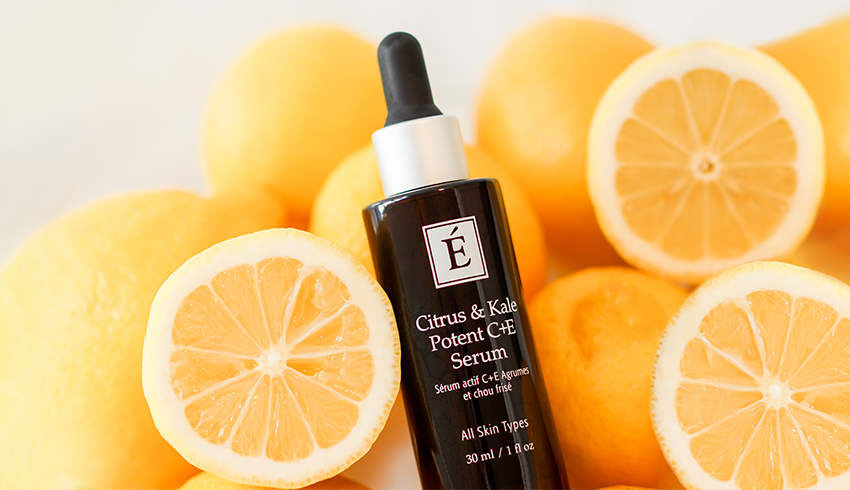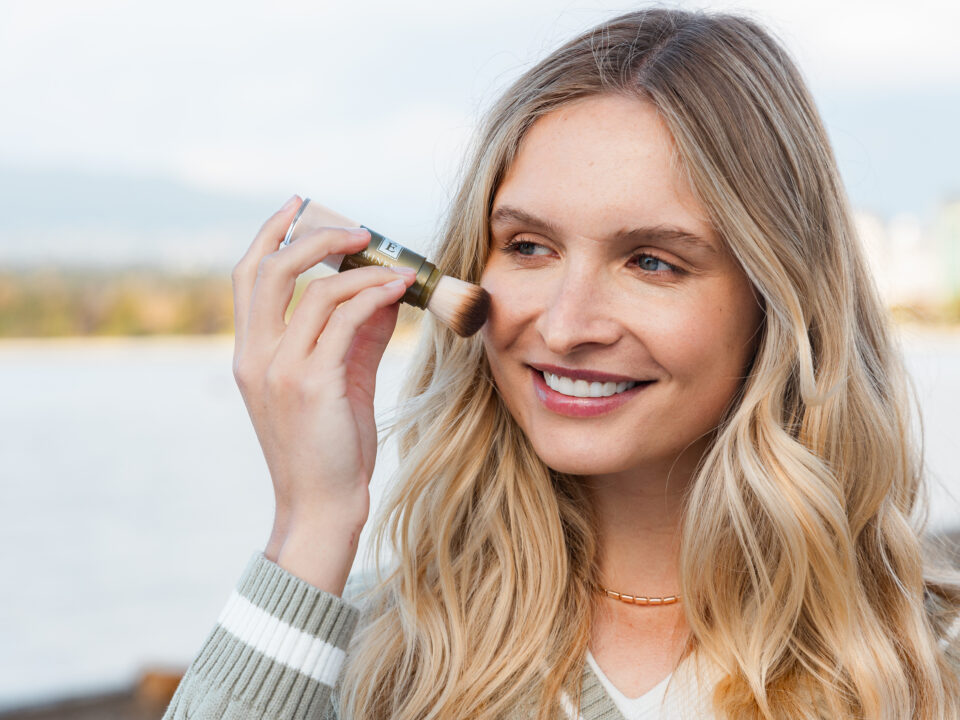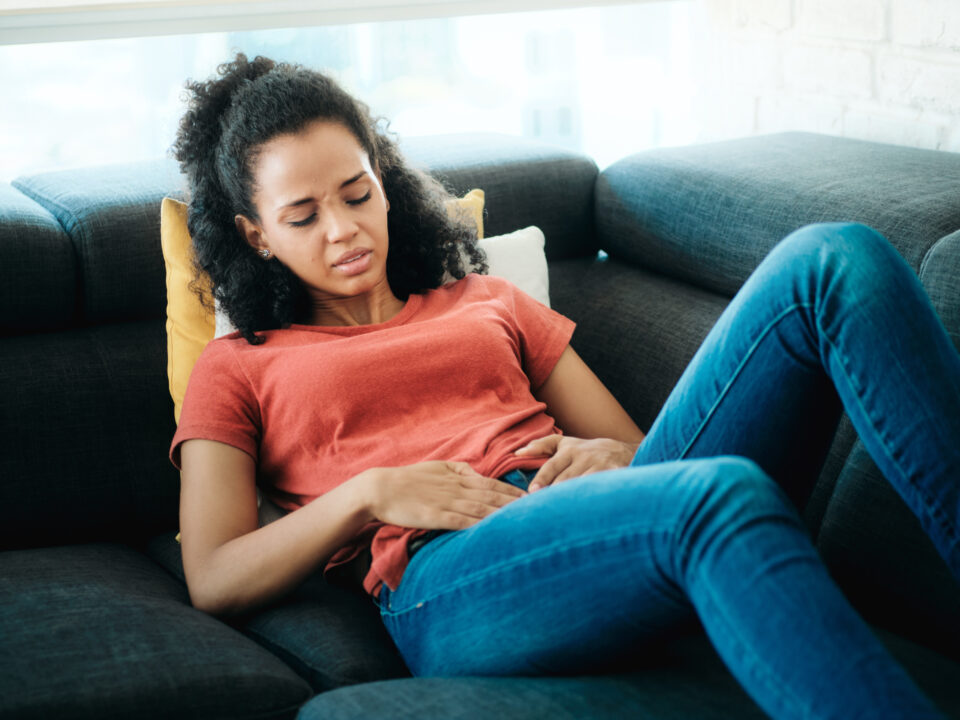Why do I need sunscreen?

Acne Skincare
June 29, 2023
What is KP?
July 31, 2023Why Do I Need Sunscreen?
Tami’s Salon and Spa wants you to know, we’ve all been there, it’s been a hot summer day and you’re playing outside. You go in at the end of the day to find your skin has turnedSunscreen helps to protect your skin from aging, burning, increase of cancer and more There are three types of UV rays; UVA, UVB, and UVC. UVA is Radiation A or as I like to call it the Aging rays, UVB is Radiation B or as I like to call it the Burning rays, UVC is Radiation C or as I like to call it the Cancer rays. East UV type contributes in their own way to your skin. UVA rays have the longest wavelengths and are transmitted through the atmosphere, there are the largest source of sunlight. UVA rays are a leading sign of aging such as fine lines, wrinkles, loose skin, pigmentation, and increases risk of cancer. UVB rays are the second shortest and are transmitted trhough the atmostphere and portions are absobed by the Earth’s ozone. UVB rays are the main contributer to sunburns and skin cancer. UVC rays have the shortest wavelengths and are absorbed by the Earth’s atmosphere. UVC rays are not inheratly harmful to our skin as it is absorbed by the atmosphere, but UVC rays are used in tanning beds and disinfectant machines such as germicidal lamps. Exposure to UVC rays consistently increases the risk for cancer.
What are the types of sunscreen?
There are 2 different types of sunscreen; chemical and physical. Chemical sunscreen takes 15-20min to be effective, it absorbs into the skin and takes the UVA and UVB rays into the skin and disperses the radiation into heat. This type of sunscreen is typically marked as sweat and water resistant, it also is less likely to leave you looking white cast (streaked with white). Active ingredients can include; oxybenzone, avobenzone, octisalate, homosalate, octocrylene, octinoxate. When someone seems to ben more sensitive or allergic to sunscreen, it is typically due to any combination of those ingredients. Physical sunscreen sits on top of the skin and reflects UVA and UVB rays away from the skin. This type of sunscreen works immediately when applied and is not waterproof. Active ingredients include zinc oxide, titanium dioxide. When someone’s skin doesnt react well with the chemical suncreeen switching to a physical or mineral sunscreen will typically alleviate the problem.
How often do I need to apply sunscreen?
Apply sunscreen in the morning after moisturizer. Use it in every season, any weather, everyday. Most commonly missed spots are the eyelids, ears, neck, back of hands and chest. Sunscreen stops working through out the day so you want to reapply often. The standard is to reapply every 2-4 hours depending on exposure. If you are in direct sunlight throughout the day, you want to reapply every 2 hours. If you are indoors with exposure from windows and halogen lights, you want to reapply every 4 hours.




